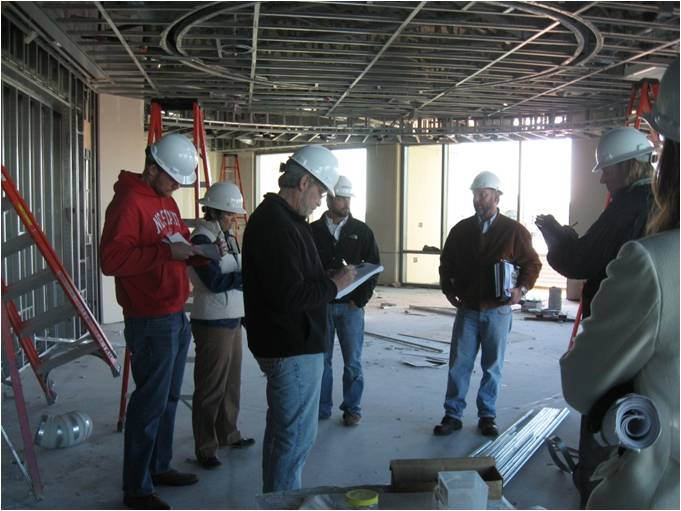 Expanded Program Application Guidelines are available here.
Expanded Program Application Guidelines are available here.
Program Requirements
Projects must meet the following program requirements:
- The project must be located in Brunswick, New Hanover, or Pender Counties.
- The project must be in compliance with or exceed all applicable local, state, and federal regulations.
- The participating developer/owner must allow visits to site by the Selection Committee and provide additional information as requested for evaluating the project.
- If a project is awarded, it is subject to future periodic evaluation by the Selection Committee.
- The Selection Committee, at its sole discretion, reserves the right to revoke recognition for failure to comply with program requirements or criteria.
Judging Process
An independent Selection Committee, made up of recognized experts in applicable fields, will review the applications. Projects may be determined worthy of Outstanding Stewardship, Significant Achievement, or Significant Recognition awards.
Applications will be judged on the overall creativity, design, and environmental impacts of projects. These criteria are intended to serve as guidelines only. It is not necessary to meet all the criteria as not all categories will apply to all projects.
Program Criteria
Projects are judged based on the following criteria:
- Site Inventory & Development Plan
—Site evaluation (soils, drainage, wildlife, vegetation, etc.)
—Preservation of natural features, open spaces and habitat
—Establishment of neighborhood connectivity - Water Quality Protection
—Erosion control and sediment reduction
—Innovative stormwater management
—Surface and groundwater protection
—Floodplain, wetland and riparian preservation and/or restoration - Green Building
—Choice of construction and building materials and methods
—Preservation of natural features during construction
—Energy efficiency and water conservation - Wetland Riparian Preservation/Restoration
—Protection of existing wetlands
—Enhancement of riparian buffers
—Preservation of existing topography and natural features - Habitat Protection/Improvement
—Protection and/or restoration of native plant and animal communities
—Wildlife management efforts
—Preservation of open space and wildlife corridors - Vegetation Protection/Enhancement
—Utilization of native vegetation in landscaping plan
—Eradication of invasive exotic plant species
—Preservation and management of existing trees - Natural Project Amenities
—Integration of development with the natural landscape
—Protection of outstanding landscape views
—Neighborhood-enhancing recreation areas - Long-term Management and Maintenance
—Long-term resource protection through conservation easements
—Identification of funding source and organization to implement the conservation management plan
—Pet management and homeowner education - Community Outreach/Education
—Public education on natural features and/or processes present on the site
—Publicity, marketing campaign, and community outreach on the environmental benefits (open space, wildlife habitat, water quality) of the development
—General public education of financial and quality of life benefits of low impact development - Re-use/Revitalization of Existing Site
—Environmental assessment of natural systems and/or environmental issues
—Creative re-use of existing site
—Innovative approach to revitalization of an existing site or facility
